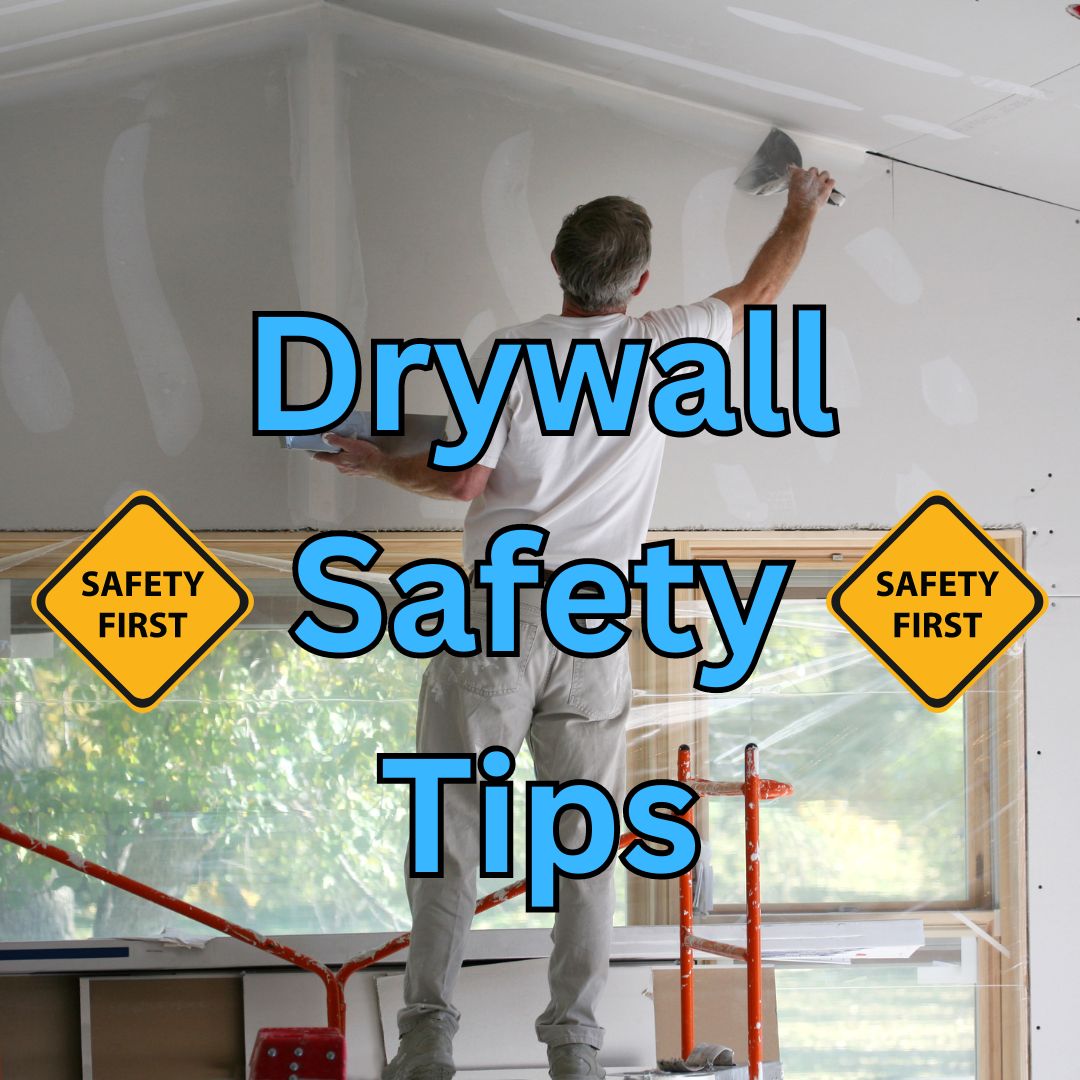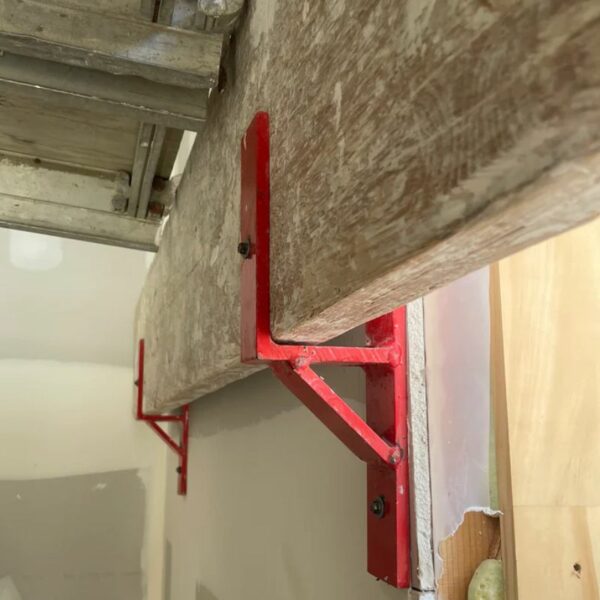Drywall safety should be taken seriously. Serious injuries and fatalities are always a possibility when safety is not considered while working on a job site. In 2021, the total reported occupational injuries in Canada alone tallied up to 36,736 total incidents with over 40% of these injuries labelled as disabling injuries. This article aims to help inform drywall installers but some drywall tapers may be able to learn a thing or two as well. We hope to make a change within our industry and help prevent future accidents from occurring.
There are plenty of actions you can take to ensure that you and your fellow co-workers can take so you don’t fall victim to unsafe workplace conditions. Here are a few drywall safety tips that will prove critical to your success.
Use the best personal protective equipment
Using the correct piece of personal protective equipment is the first step toward drywall safety. When you are cutting or sanding drywall it is very important to use the right set of equipment.
Breathing
We recommend using eye protective equipment and a mask or respirator to protect your eyes and lungs. Using these will go a long way in prolonging your career. What should you do in a case of breathing in drywall dust? We have an article that covers that topic on its own.
Feet
Protective footwear such as steel-toe shoes will safeguard your feet if a drywall sheet or other heavy material falls on your toes or feet. Working in heavy boots may be a pain or exhausting but using protective footwear will save your feet in the long run.
Hands
The easiest way to protect your hands while working is by wearing work gloves. Gloves can protect against cuts, friction burns, and more. We recommend using gloves that have grips. Grips on gloves make it easier to grasp and hold your grip on your work materials like drywall.
Working without the proper protective equipment can lead to long-term injuries that may not appear at first. Every piece of equipment has its time and place.
Use the correct tools for the right task
Whether you’re installing a sheet of drywall or taping drywall, the tools you use for the job all have their correct use. When you use a tool make sure you follow the instructions issued by the manufacturer. Using a tool in an unintended way may result in damage to your tool as well as harm to yourself. Having your tools fail on you while you work could prompt serious injury. Some examples can include, a drywall jack falling with drywall or a cut caused by taping knives or drywall saws. Always use a tool you are familiar with and always ask a coworker for help if you are new to the tool.
Adopt legitimate lifting techniques
As a drywall installer, lifting drywall is one of the main repetitive tasks that is required for you to do. A single drywall sheet can range anywhere between 55 to 120 pounds so you need to use the proper lifting techniques. Moving drywall can be dangerous if done haphazardously. Using the proper lifting techniques will leave you with a healthy back and steer you away from any serious injury.
Keep yourself safe by trying not to lift while you curve or bend, keep your posture straight. Drywall sheets are heavy and we do not recommend holding a sheet for a lengthy period of time.
The best thing to do is attempt and get your sheets delivered near your place of work and store the sheets out of the way to prevent tripping hazards or bumps. When you have to move sheets or boxes on location, use trucks and carts as opposed to carrying things one at a time. Lastly, use a jack or lift to hold drywall in place while you install it.
Be aware of your surroundings and coworkers while on the job site
One of the best ways to prevent injuries is by being aware of your surroundings. For instance, in the event that there is electrical wiring close by, the smallest contact could bring about a serious mishap. Before you begin working make sure you investigate the workspace for any hazards and deal with them before the hazards become a problem. Likewise, ensure you make a proper record of these hazards too. Always highlight any hazards nearby so when someone new joins the worksite they will know as well.
Ensure you have proper footing
A common error that many people make is creating a scaffold that is not as secure as they think it may be. Makeshift scaffolds can lead to serious injuries due to a fall. Using the Bracket Sistems Wall Mounted Scaffolding Bracket will ensure your safety when working on tall walls and ceilings.
Never work alone
Drywall installers generally should work in pairs. As previously stated, drywall sheets are heavy and having another person working with you ensures the risk of having heavy material falling onto a worker does not occur. Even if you aren’t working on the same task, having someone else on site can help if anything serious does occur.







